Spice Up Your Life: The 7 Essential Tips for Mastering Berbere Spice Mix (With a Dash of Humor)
Description
Berbere spice mix is more than just a flavor bomb—it's a cultural treasure from Ethiopia with deep roots in global spice traditions. In this article, we'll explore the origins of berbere, its ingredients, and how to use it like a pro (even if you're not Ethiopian). Along the way, we’ll throw in some fun facts, quirky comparisons, and practical tips that will leave your taste buds—and maybe even your nose—tingling with joy.
Table of Contents
- What Is Berbere Spice Mix?
- The Holy Seven (Plus a Few More): What’s Inside Berbere?
- A Taste of History: Where Did Berbere Come From?
- From Doro Wat to Popcorn: Creative Ways to Use Berbere
- 7 Must-Know Tips for Using Berbere Like a Pro
- Berbere vs. Other Spice Blends: How Does It Stack Up?
- DIY Berbere: Make Your Own Like Grandma Never Taught You
- Keep It Fresh or Lose It: How to Store Berbere Properly
- Myth Busting: Common Misconceptions About Berbere
- Global Spice Traditions: Why Berbere Belongs on the World Stage
- Bonus Fun Facts: Because Spice Trivia Is Always Entertaining
What Is Berbere Spice Mix?
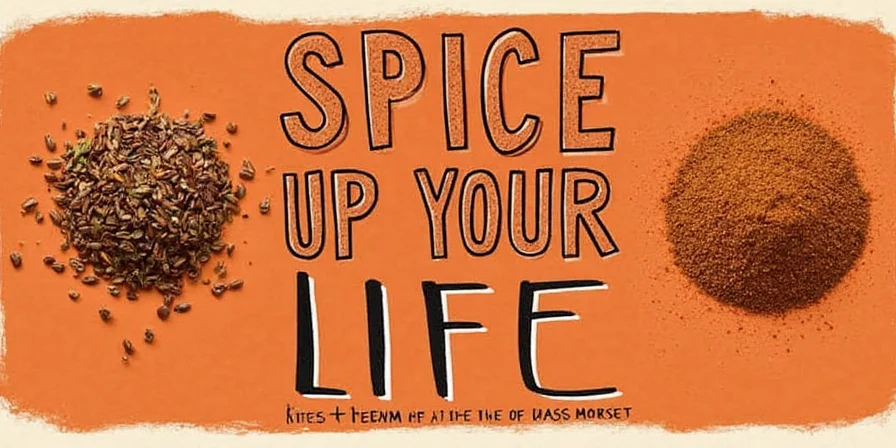
Berbere (pronounced behr-beh-reh) is a fiery, fragrant spice blend that’s central to Ethiopian cuisine. Think of it as the backbone of many traditional dishes, especially stews like doro wat. Unlike most spice blends that rely heavily on heat alone, berbere brings both warmth and depth with its unique combination of chili peppers and warm spices.
But here’s the kicker: berbere isn’t just about heat. It’s a complex, layered blend that can take a dish from “meh” to “mah-mah!” (That’s Ethiopian for “Wow!”).
The Holy Seven (Plus a Few More): What’s Inside Berbere?
There’s no one-size-fits-all recipe for berbere, but there are some common players you’ll almost always find:
| Spice | Function |
|---|---|
| Chili powder or crushed dried chilies | The heat engine |
| Garlic powder | Umami booster |
| Cumin | Earthiness and warmth |
| Korerima (Ethiopian black cardamom) | Smoky floral kick |
| Fenugreek | Slightly sweet, maple-like aroma |
| Allspice | Warm and clove-like flavor |
| Ginger | Peppery brightness |
Optional extras might include cinnamon, cloves, nutmeg, paprika, turmeric, and even herbs like basil or rue leaves.
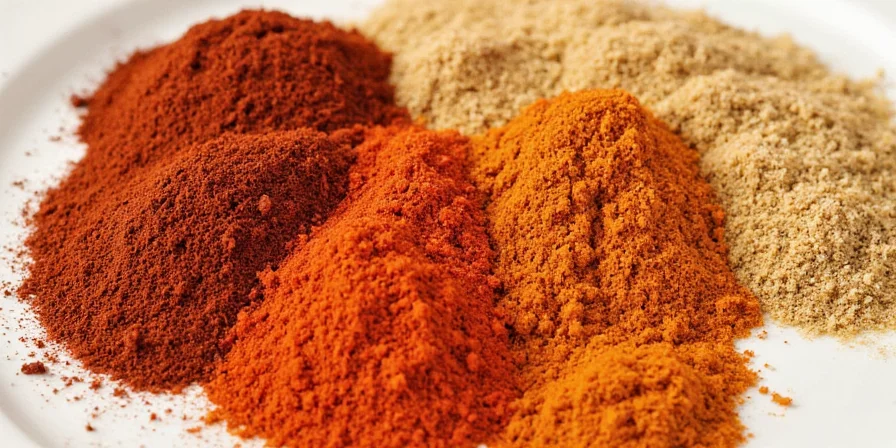
A Taste of History: Where Did Berbere Come From?
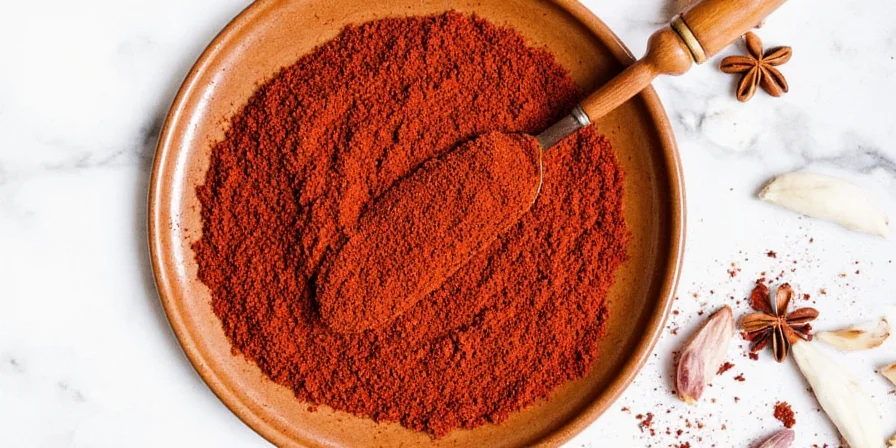
Berbere has been around for centuries, deeply rooted in the culinary culture of Ethiopia and Eritrea. It was traditionally made by families using their own secret recipes passed down through generations.
Before refrigeration, spices like berbere helped preserve meats and add flavor to otherwise bland staples. Plus, let’s face it—no one wants to eat dry goat meat without something exciting happening.
From Doro Wat to Popcorn: Creative Ways to Use Berbere
You don’t have to cook an entire chicken stew to enjoy berbere. Here are some out-of-the-box ideas:
- Season roasted vegetables like carrots, cauliflower, or eggplant
- Add a pinch to lentil soup or chickpea curry
- Spice up deviled eggs or hummus
- Make berbere butter and spread it on toast or corn
- Rub it into grilled chicken, lamb, or tofu
- Mix into mayonnaise for a spicy sandwich spread
- Toss popcorn or nuts for a snack with a kick
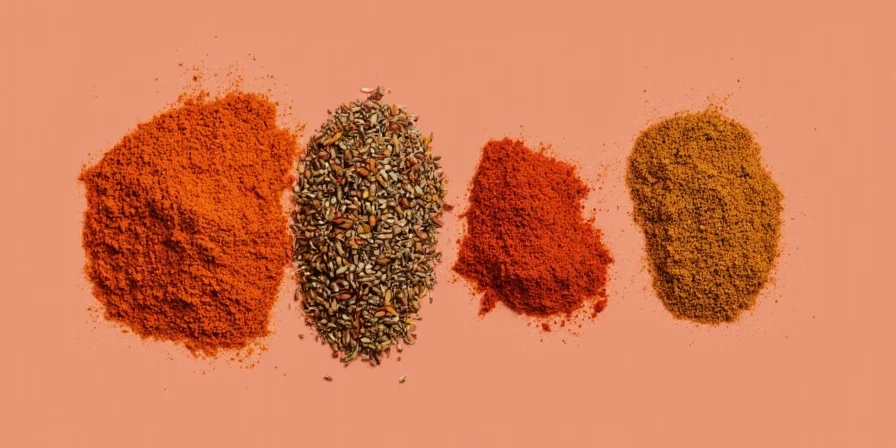
7 Must-Know Tips for Using Berbere Like a Pro
- Start small: Berbere is powerful. A little goes a long way.
- Toast it first: Lightly toast the spices before adding to dishes for deeper flavor.
- Ditch the salt: Most berbere blends already contain salt. Taste before seasoning.
- Pair with acid: A splash of lemon juice or vinegar balances the richness.
- Don’t overdo oil: Too much oil when sautéing can mute the spices’ flavor.
- Balance the heat: If it’s too spicy, add a touch of honey or coconut milk.
- Make it fresh: Pre-ground spices lose potency. Toast and grind your own for best results.
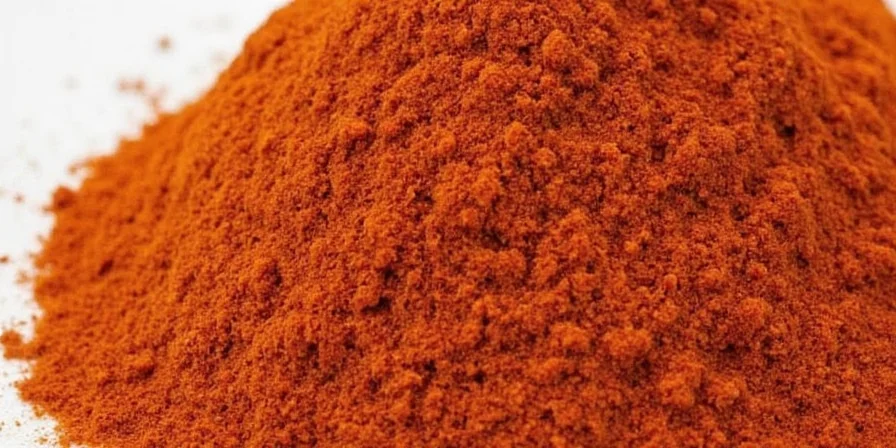
Berbere vs. Other Spice Blends: How Does It Stack Up?
| Spice Blend | Heat Level | Flavor Profile | Best Used In |
|---|---|---|---|
| Berbere | Moderate-High | Smoky, sweet, floral, and earthy | Stews, soups, legumes |
| Garam Masala | Low-Medium | Warming, aromatic, slightly sweet | Curries, rice dishes |
| Paprika | Very Low | Sweet, mild, vibrant red color | Goulash, paella, garnish |
| Harrissa | High | Fiery, smoky, garlicky | North African tagines, dips |
| Harissa (Paste) | Medium-High | Spicy, tangy, fermented | Marinades, dressings |
DIY Berbere: Make Your Own Like Grandma Never Taught You
Here’s a simple homemade berbere recipe to get you started:
- 1/4 cup ground red chili pepper
- 1 tbsp fenugreek seeds, toasted and ground
- 1 tbsp cumin seeds, toasted and ground
- 1 tsp ginger powder
- 1 tsp garlic powder
- 1 tsp allspice berries, ground
- 1/2 tsp korerima or regular cardamom
- 1/2 tsp cinnamon
- 1/4 tsp clove powder
- Pinch of salt (optional)
Mix everything well and store in an airtight container away from light.
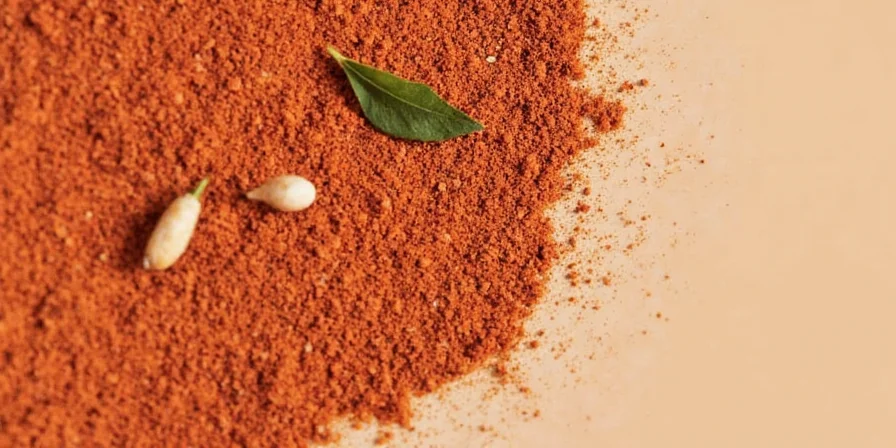
Keep It Fresh or Lose It: How to Store Berbere Properly
Berbere is like your ex — it fades fast if you don’t treat it right. Follow these storage tips:
- Store in a cool, dark place — like your spice drawer, not next to the oven.
- Use glass jars with tight lids — air is the enemy of flavor.
- Grind in small batches — fresher = better.
- If you want it shelf-stable for longer, consider vacuum sealing or storing in the freezer.
Myth Busting: Common Misconceptions About Berbere
Let’s clear up some spicy myths:
- Myth: Berbere is only for Ethiopian dishes.
Reality: Add it to burgers, pizza, or even Bloody Marys! - Myth: All berbere is super hot.
Reality: It varies by brand or recipe. Some are surprisingly mellow. - Myth: You can’t make good berbere at home.
Reality: With the right ingredients and technique, you can rival any store-bought version.
Global Spice Traditions: Why Berbere Belongs on the World Stage
In a world where we often talk about garam masala, ras el hanout, or za’atar, berbere deserves a seat at the table. It represents not just a flavor profile but also a rich tradition of communal eating, storytelling, and hospitality.
Berbere is part of a growing movement toward exploring underrepresented global spice traditions. As palates evolve, so does our appreciation for diverse culinary heritages — and berbere is leading the charge.
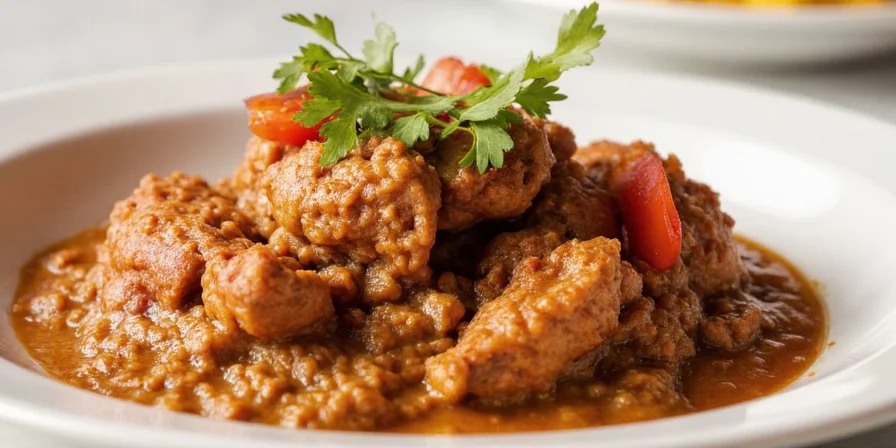
Bonus Fun Facts: Because Spice Trivia Is Always Entertaining
- Berbere is often blended with niter kibbeh, a spiced clarified butter used to season dishes.
- In Ethiopia, each family or village has its own signature version of berbere.
- It’s sometimes used in traditional medicine for digestive aid.
- Berbere contains capsaicin, which can temporarily speed up metabolism.
- The word “berbere” translates to “pepper” in Amharic.
Conclusion
Berbere spice mix is more than a condiment — it’s a passport to flavor, history, and culture. Whether you’re making doro wat, jazzing up popcorn, or impressing friends with your spice knowledge, berbere has got your back.
So go ahead, embrace the burn, and let berbere spice up your kitchen life — one dash at a time. After all, what’s life without a little heat?

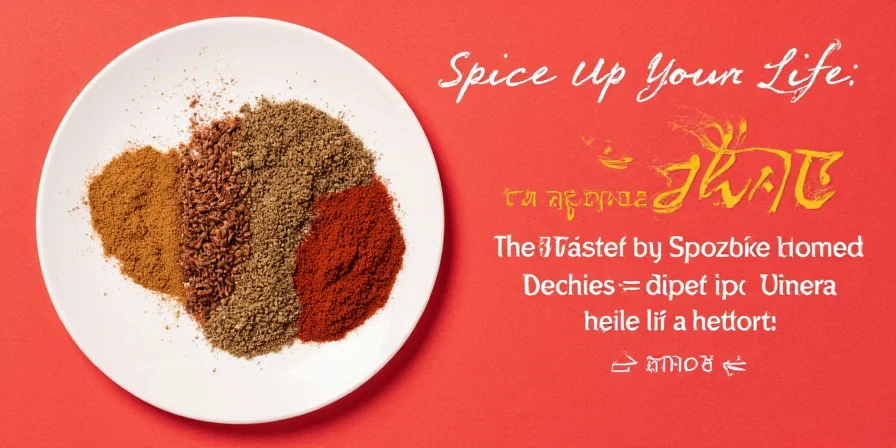









 浙公网安备
33010002000092号
浙公网安备
33010002000092号 浙B2-20120091-4
浙B2-20120091-4